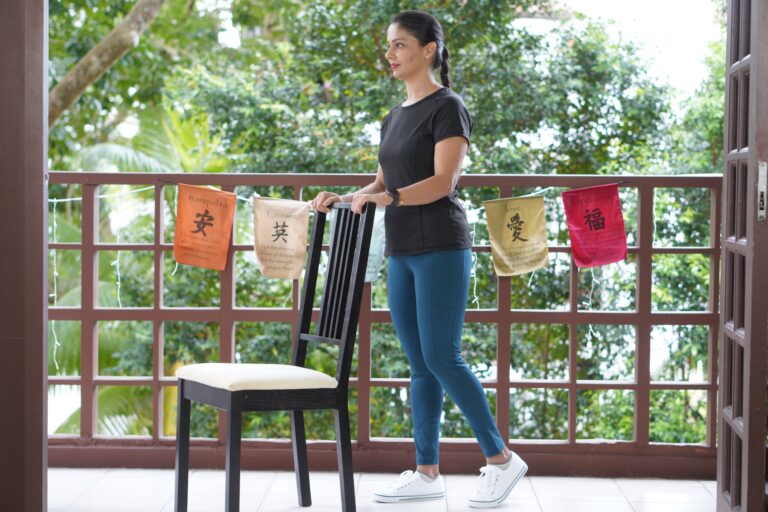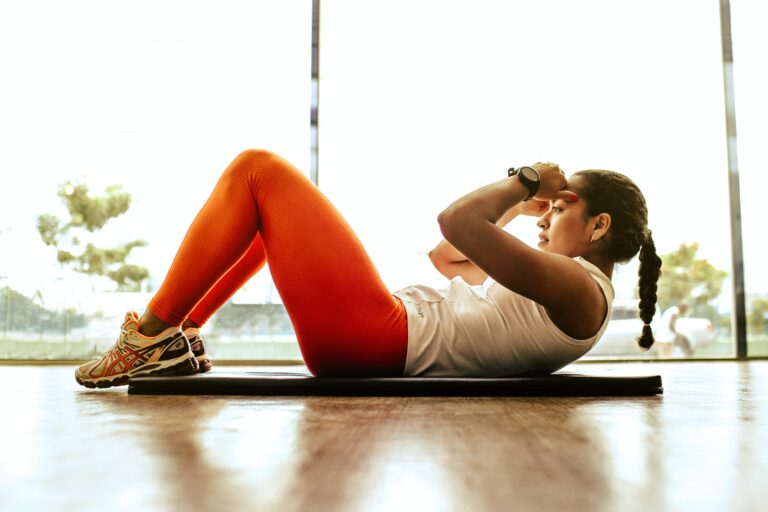If there’s one part of the body that injures easily, it’s the knees. As a complex joint, knees are vulnerable to sprains, ligament tears, fractures, and dislocations. These can interfere with everyday tasks and make it difficult for you to reach your fitness goals.
Once it was thought that rest was necessary in healing from knee injuries and other kinds of injuries. But these days, doctors and therapists recommend exercise as an important part of the healing process. The right exercise can strengthen the knees, so you recover sooner.
However, it’s important that the exercise you do assists with healing and does not worsen your injury. So, what exercises should you be including in your workouts? Here are some that are recommended.
Resistance Band Sidestep
- Wrap a resistance band around your ankles.
- Bend your knees slightly with your feet hip-width apart.
- Step to the side until the band provides resistance. Then bring your foot over to recreate your original stance.
- Repeat this movement for 10-15 steps in one direction, then switch to the other direction.
Clamshell
- Lie on your side on the floor with your legs stacked and knees bent at a 45-degree angle.
- Lift your top knee as high as you can keeping your knees steady and your top foot down. Your legs should mimic a clam opening.
- Hold, then bring your knee back so you are in a closed position.
- Continue the movement for 15 to 20 reps per side.
Glute Squeeze
- Stand with your feet shoulder-width apart.
- Squeeze your glutes as tightly as you can and hold for four seconds.
- Release and repeat for a total of 10 too 12 reps.
Quad Sets
- Lie down with one leg straight out in front of you. The other leg should be bent so your knee is in the air and your foot is flat on the floor.
- Press your foot to the floor so you tighten the muscles on the top of your thigh.
- Hold for six seconds, then rest for ten seconds.
- Aim for 12 reps.
Heel and Calf Stretch
- Stand facing a wall.
- Place your hands on the wall and move one foot as far back as you can comfortably. Your toes should be facing the wall with your heel flat, and your knees slightly bent.
- Lean into the stretch and hold for 30 seconds.
- Change legs and repeat twice for both legs.
Quadriceps Stretch
- Stand next to a wall or use a chair for support. Your feet should be shoulder-width apart.
- Grab your foot to bring it up towards your glutes. Gently pull it up as far as you can.
- Hold for 30 seconds.
- Return to standing position and change legs.
- Repeat 2 times on each side.
These exercises will help strengthen your knees and keep you in shape while you’re healing. Which will you be incorporating into your routine?



